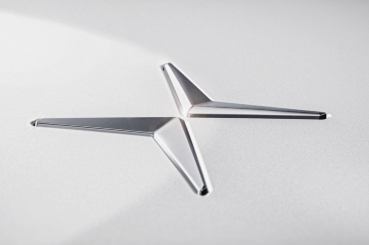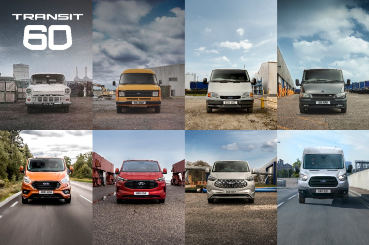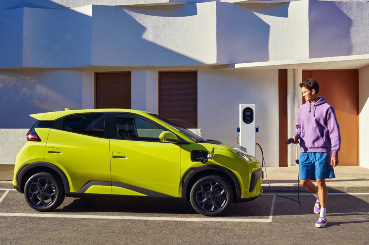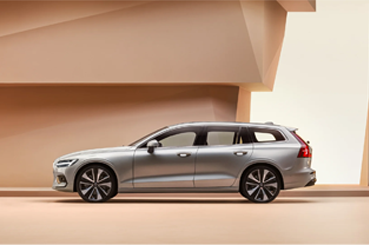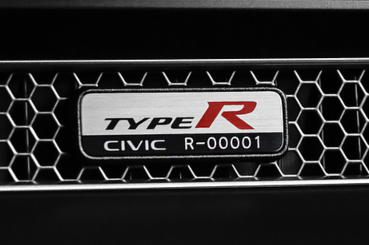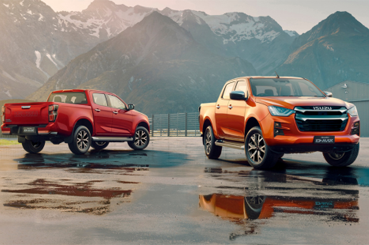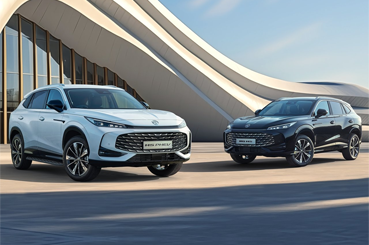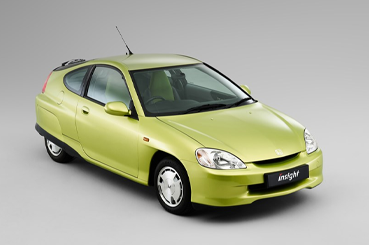Founded in May 1950, SEAT has recently turned seventy. To celebrate, we’ve taken a look back through the manufacturer’s history, from its beginnings as a small Spanish car manufacturer to a global car brand.
Over its 75-year history, SEAT has built and sold over 21 million vehicles and has produced more than 75 different models. Today, the company employs around 13,000 people in Spain, and in 2019 its yearly sales reached over half a million. So, how did a small Spanish firm come to have such global significance?
SEAT in the 1950s
Founded on 9th May 1950, the first factory was built at the Zona Franca, Barcelona. The company was originally known as the Sociedad Espanola de Automoviles de Turismo SA until the name SEAT was finally adopted in the nineties.
José Ortiz-Echagüe, a military engineer and pilot, became the marque’s first President and was later named the brand’s Honorary Lifetime President.
Production of the first cars began in 1953, with the ‘1400’. At this time, the company hired 925 employees and produced an average of five cars per day. But by 1956 production had upped considerably to produce 10,000 vehicles that year alone.
In 1957, SEAT launched the ‘600’ a car designed for Spanish families to enjoy a new sense of mobility and independence and secured the success of the brand in its infancy.
1957 was also the year SEAT opened its apprentice school where it still trains apprentices today.
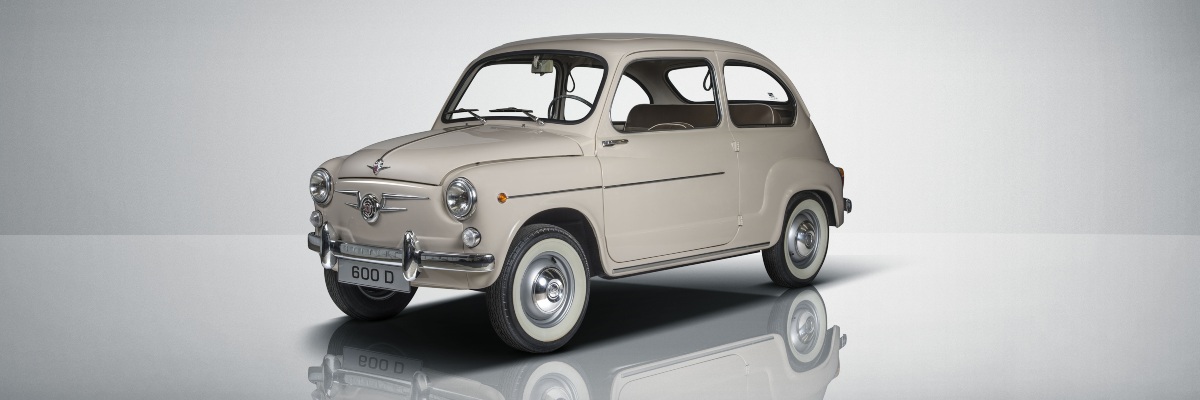
The 1960s
The beginning of the 1960s saw styling tweaks to the badge for a more simplified approach.
1963 was an important year thanks to the introduction of the ‘1500’, to replace SEAT’s ‘1400,’ to promote a new level of luxury refinement. However, it was 1965 that was a real turning point for SEAT thanks to its first overseas export to Colombia.
This was followed in 1966 by the introduction of a new and spacious ‘850’ model. Offered as a five-door, sport or convertible model, it featured a bigger engine and added comfort over previous models.
Towards the end of the decade, SEAT introduced another new saloon the ‘124’ which offered impressive style, sophistication and space, but perhaps more importantly, the brand produced its one-millionth vehicle.

The 1970s
With one million vehicles under its belt by the end of the ‘60s, it is not surprising to learn that by 1971 SEAT was the largest industrial company in Spain.
In 1973 SEAT released three new models; the ‘132 saloon’, the ‘1430’ and the ‘1600’ and opened new Landaben facilities in Pamplona as well as the Martorell Technical Centre.
By 1974, the company had amassed a turnover of more than one million dollars per annum and was the eighth largest European car manufacturer.
In 1975 the first car to be designed and developed at the Martorell Technical Centre, the ‘1200’, was released. With a 1,197cc engine which generated 67PS, it had a top speed of 98mph so offered customers something sporty for the first time.
During the seventies, SEAT became involved in motorsport which has since become a vital aspect of the brand’s DNA and the key to its dynamic appeal.
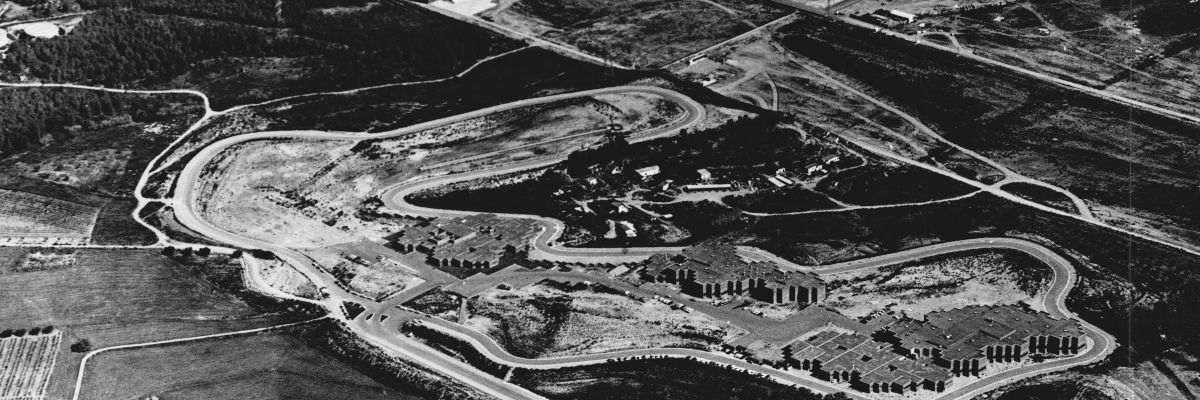
The 1980s
The 1980s saw the end of the brand’s relationship with Fiat and a new alliance with the Volkswagen Group.
The SEAT badge became the more familiar stylised ‘S’ we still love today, and the cars started to bear the names of Spanish locations like Ronda, Malaga and Marbella.
The iconic Ibiza, designed by legendary automotive designer Giorgetto Giugiaro, was introduced in 1984. It was the first UK export landing on British turf in September 1985 alongside the family-friendly Malaga saloon. The SEAT Ibiza remains the marques best-selling model with over 5.8million units sold globally.
Throughout the eighties, SEAT continued to grow from strength to strength, becoming one of the fastest-growing automotive manufacturers.
The 1990s
The beginning of the nineties is significant due to the launch of the Toledo; the first model developed as part of SEAT’s partnership with the Volkswagen Group.
In 1992 Barcelona was home to the 1992 Olympic Games and the company took advantage. By becoming the collaborating partner and car supplier to the International Olympic Committee SEAT cars got a global platform.
The following year the Martorell SEAT factory was inaugurated, with the official opening conducted by King Juan Carlos demonstrating how important the brand is to Spain.
The sporty CUPRA badge came to light in 1996 with the Ibiza Cupra which went on to win the FIA-2 World Rally Cup; a title it held on to for the following two years.
The decade finished with the unveiling of the SEAT Leon, launched with a 180hp engine, 6-speed gearbox and 4-wheel drive.
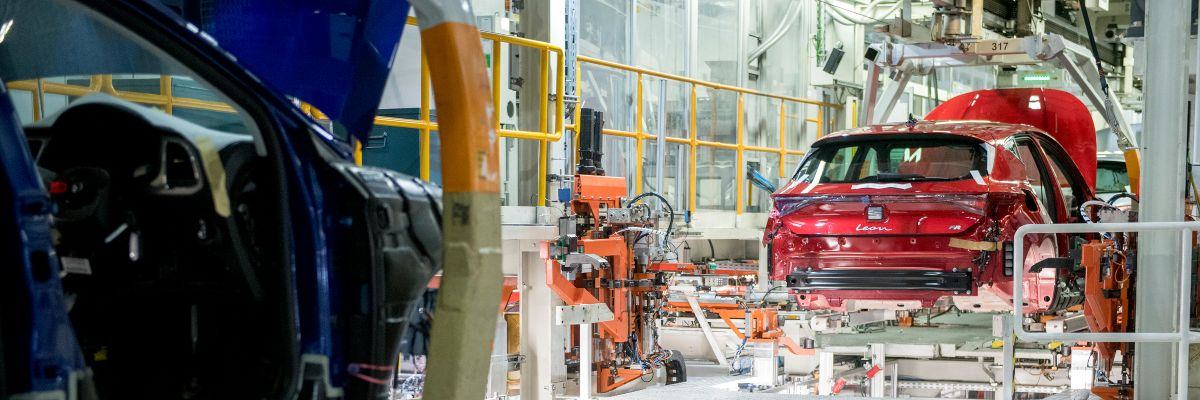
The 2000s
At fifty SEAT continued to push forward releasing a host of new models were launched during this decade.
The decade began with the presentation of the Salsa and Tango concept models which laid the foundations for the third-generation Ibiza and second-generation Cordoba.
A raft of new launches followed including the Altea in 2004 revealed at the Frankfurt Motor Show, the second-generation Leon debuted in Geneva in 2005 and a new-generation Ibiza in 2006. While the innovative Prototype Centre of Development and SEAT Design Centre opened in 2007.
The 2010s
At sixty SEAT had found its feet with global appeal. 2012 saw the long-awaited third-generation Leon which jumped to the top of SEAT’s annual sales charts across Europe.
As the market began to change and favour crossover-type models, 2016 saw the introduction of an SUV range. It started with the Ateca, with the Arona and Tarraco both hot on its heels.
In 2019 SEAT introduced the first all-electric model, the SEAT Mii electric. It was also a record-breaking year with 68,800 vehicles sales in the UK, and a 10.9 per cent year-on-year increase in sales globally.
It was during this decade that CUPRA became a brand in its own right with an exclusive facility opening in February 2020. CUPRA sales shot up by 71 per cent thanks to the launch of the sporty CUPRA Ateca.
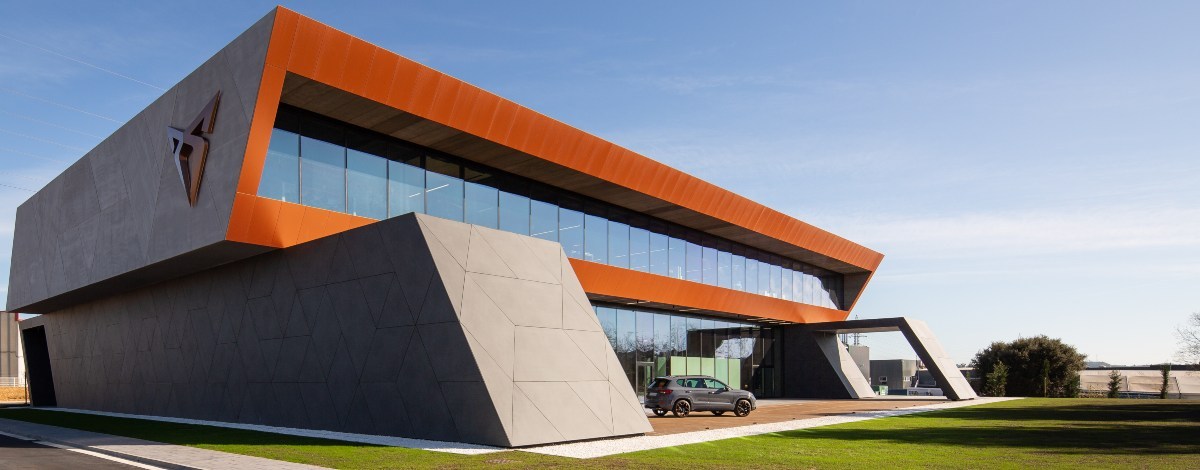
SEAT 2025 and beyond
SEAT has had a promising start to 2025, with sales showing moderate growth compared to Q4 2024. The brand announced the refreshed Leon and Ibiza models in January, which will feature updated tech packages and mild hybrid powertrains.
SEAT’s most significant new product is the Tarraco e-Hybrid, which combines the popular SUV platform with plug-in technology.
Looking ahead, SEAT plans to unveil a compact crossover EV at the end of the year and expand its electrified lineup. The company has also announced enhanced connectivity features across all models as part of its digital transformation strategy.
